Preventing Learning Disruptions Must Remain our Top Priority
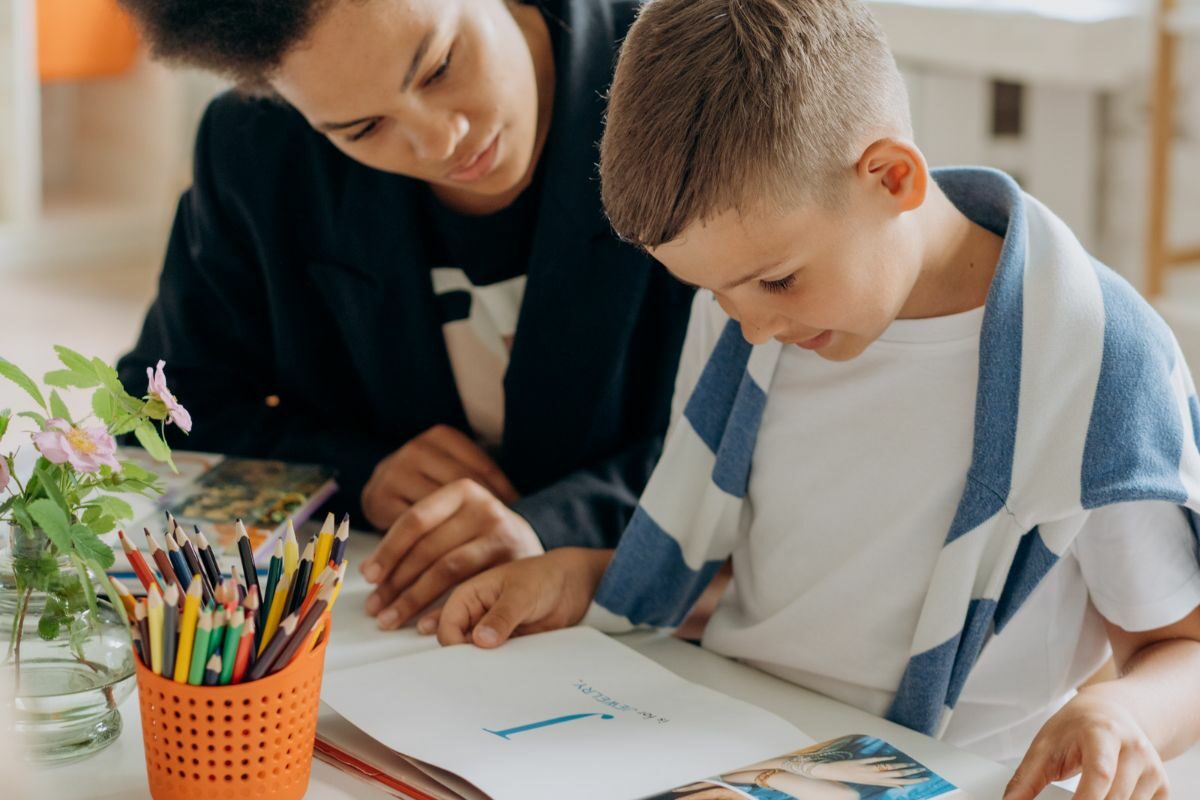
The social and health impact of the pandemic has highly impacted children of all ages. Amid lockdowns, many schools had closed, leading to learning disruptions and increasing the education gap between those who had access to remote learning and those who did not. Over two and a half years into the pandemic, an estimated 3 million students missed school in the US alone. Globally, this figure is even greater, with UNESCO estimating that more than 616 million students were impacted in their academic progress by the effects of the pandemic.
Governments and companies struggling to protect health and economic challenges
In the last two and a half years, governments and companies have struggled with the balance of protecting health and economic challenges. Now, the lockdowns have been revoked, the economy is on a path to recovery, and vaccines were developed. However, as we enter the third full year of education since the start of the pandemic, there is a degree of cautious optimism for parents and teachers alike. Schools have reopened to full strength, and learning is back on track. Nevertheless, the most important factor here is to ensure the progress made is not lost, and that we are resilient to any challenges that may arise.
While most businesses and industries could pick up from where they paused during the lockdown periods, the education sector is facing longer-term effects. On average, students globally are eight months behind where they would have been absent the pandemic. The lower levels of learning translate into lower future earnings potential for students and lower economic productivity for nations. According to a report by McKenzie, by 2040, the economic impact of pandemic-related learning delays could lead to annual losses of $1.6 trillion worldwide, or 0.9 percent of total global GDP.
The increase of inequalities
The pandemic also increased inequalities worldwide. The length of school closures varied widely across the world – school buildings in middle-income Latin America and South Asia were fully or partially closed the longest—for 75 weeks or more. Those in high-income Europe and Central Asia were fully or partially closed for less time (30 weeks on average), as were those in low-income sub-Saharan Africa (34 weeks on average). The World Bank estimates that while students in high-income countries gained an average of 50 harmonized learning outcomes (HLO) points a year pre-pandemic, students in low-income countries were gaining just 20, leaving those students several years behind. The same McKenzie report highlights that widened gaps between majority Black and majority White schools in the United States and increased pre-existing urban-rural divides in Ethiopia.
While the current reality exposes the amount of work left to be done to set things right, it also provides us with a guiding point. We cannot afford to have another similar context that disrupts education. The good news is that we are now more empowered to address this challenge. Having gone through the pandemic, we are quite clear what the response should look like in order to minimise similar risks and effects in the future.
School systems worldwide need to adopt a measured and proportionate response through resilience, re-enrolment, and recovery.
Back in April 2020, as schools and offices were shut and people were experiencing social distancing, it was clear that our way of life would be affected on the long-term if we did not re-establish confidence. However, establishing trust with people worldwide needed a measured response and not a marketing campaign.
At Genesis Property, we immediately set to work, investing 1 million Euro into R&D to develop and deliver a solution for creating a healthier indoor environment for people around the world to adopt quickly. This resulted in the Immune Building Standard™ (IMMUNE™), developed with an international team of experts in health, technology, architecture, constructions, engineering, and facility management, as a blueprint to improve the immunity of office buildings against health risks.
Since then, the IMMUNE™ standard has gone on to be adopted and implemented by offices and residential complexes around major cities in the world, across Europe, UK, Asia. One of our latest works has been with the St. Catherine’s British School in Athens, which achieved the IMMUNE™ Resilient label, scoring the highest certification level with 5 stars out of 5. The school implemented over 130 measures as recommended in the IMMUNE™ standard, including ventilation, installing air and water purification, bio sanitisers and self-cleaning mechanisms, and robust monitoring of various factors, including air quality and humidity. The focus has been to reduce any potential bacteriological or toxicological threats while minimising interruptions of the original order that people have been following.
As demonstrated by the IMMUNE™ Standard, we need to re-design the indoor environment to be capable of not only preventing the spread of infections but ensuring that it does not intervene with the normalcy that the world clings to. It is paramount that we do not get back to lockdowns or isolations while at the same time limiting flare-ups of the disease. The cost of implementing these measures is usually 2% of the total value of the property – a negligible investment towards ensuring safety and security on the long term.
As we enter winter, schools need to be resilient to challenges such as Covid-19, and we must ensure that every child’s wellbeing is protected. We are all more than capable to rise up to the challenge, thanks to the advancements in science and technology.
By Liviu Tudor, President of the European Property Federation


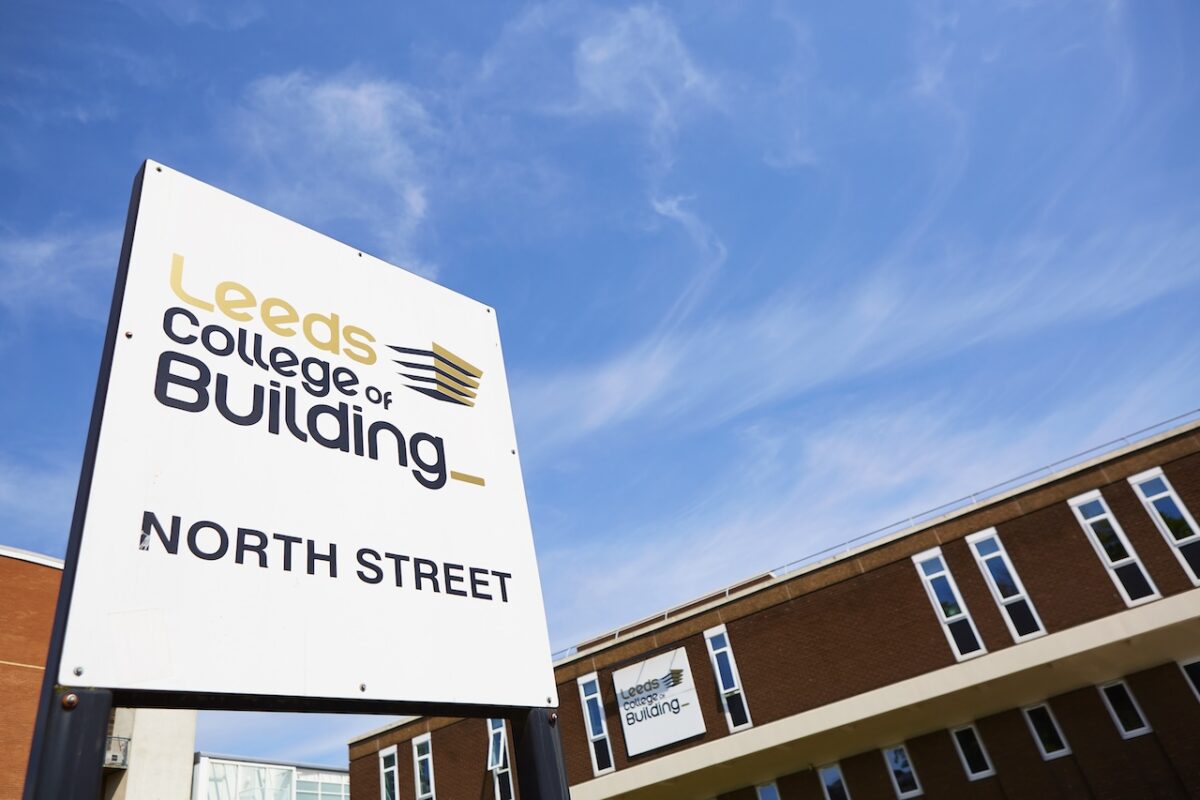
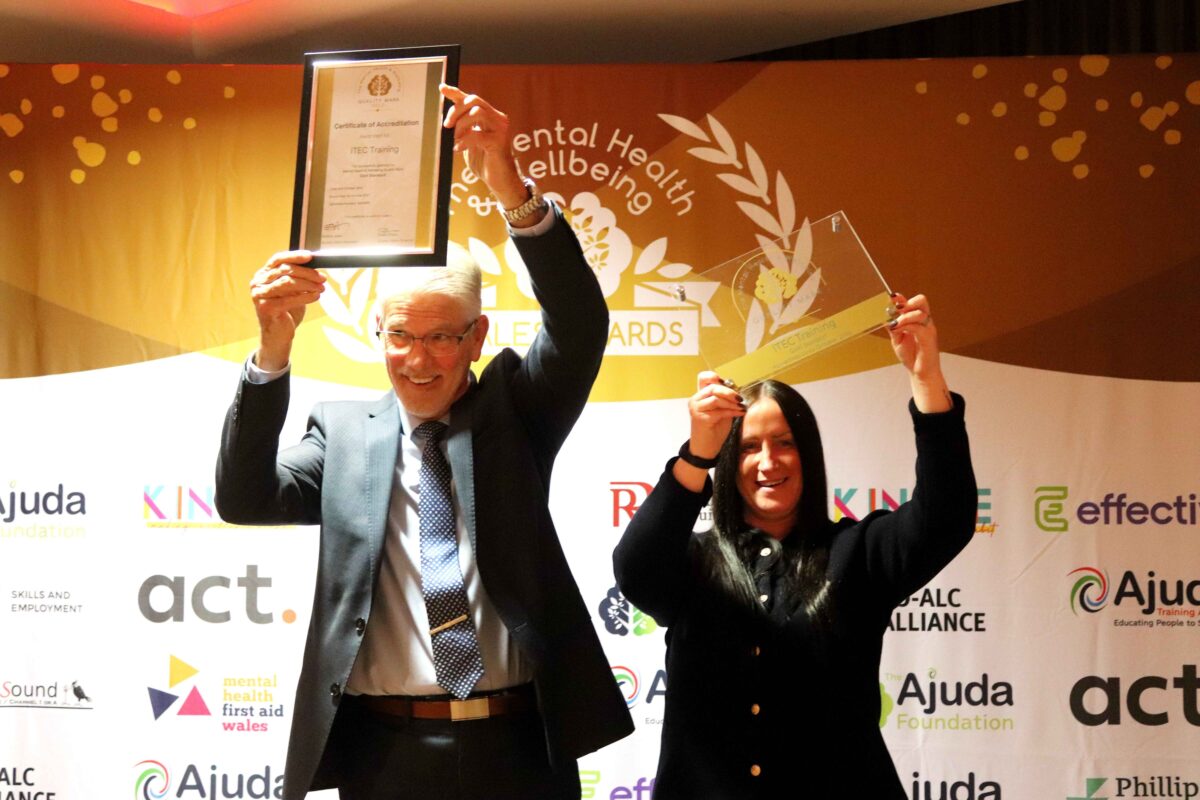
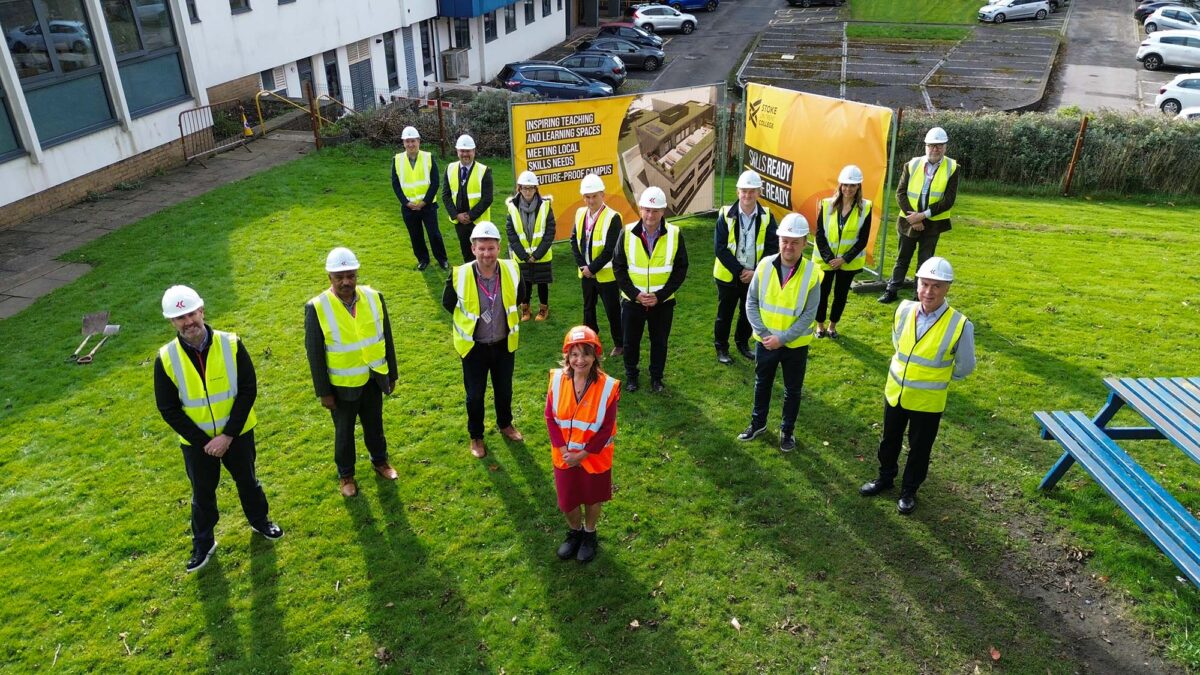
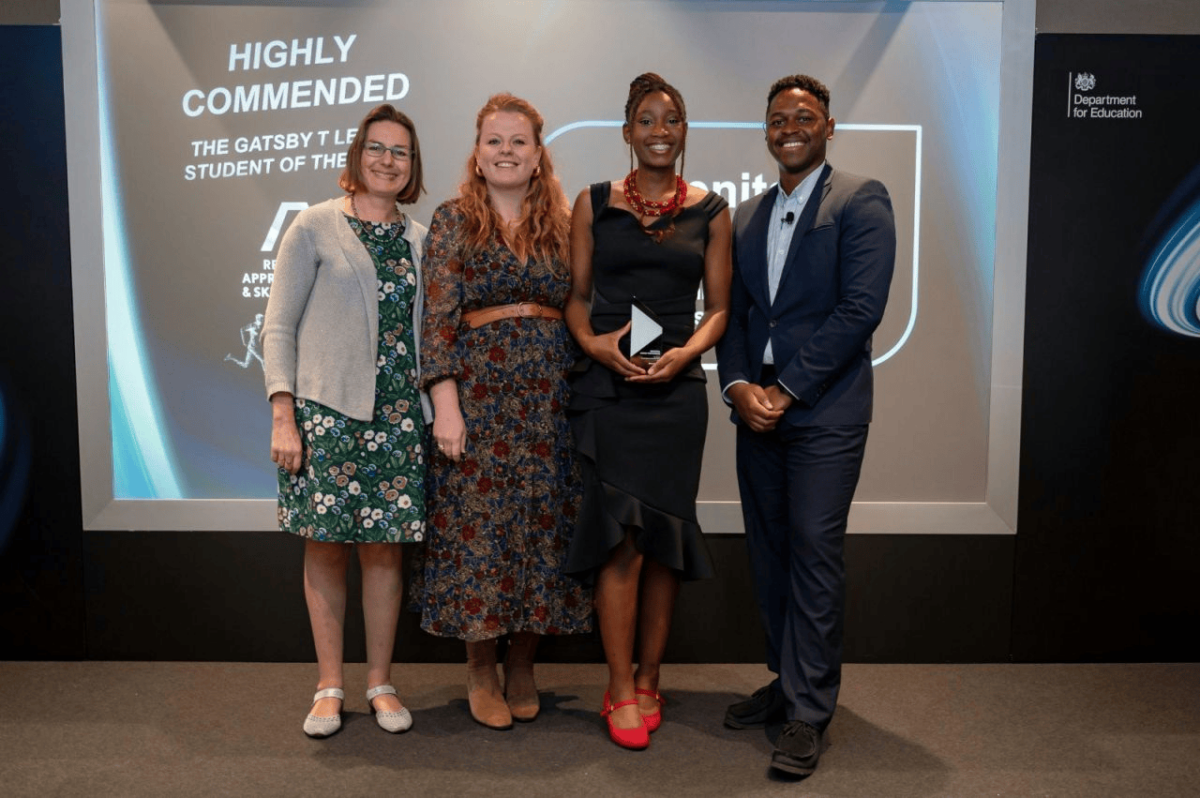



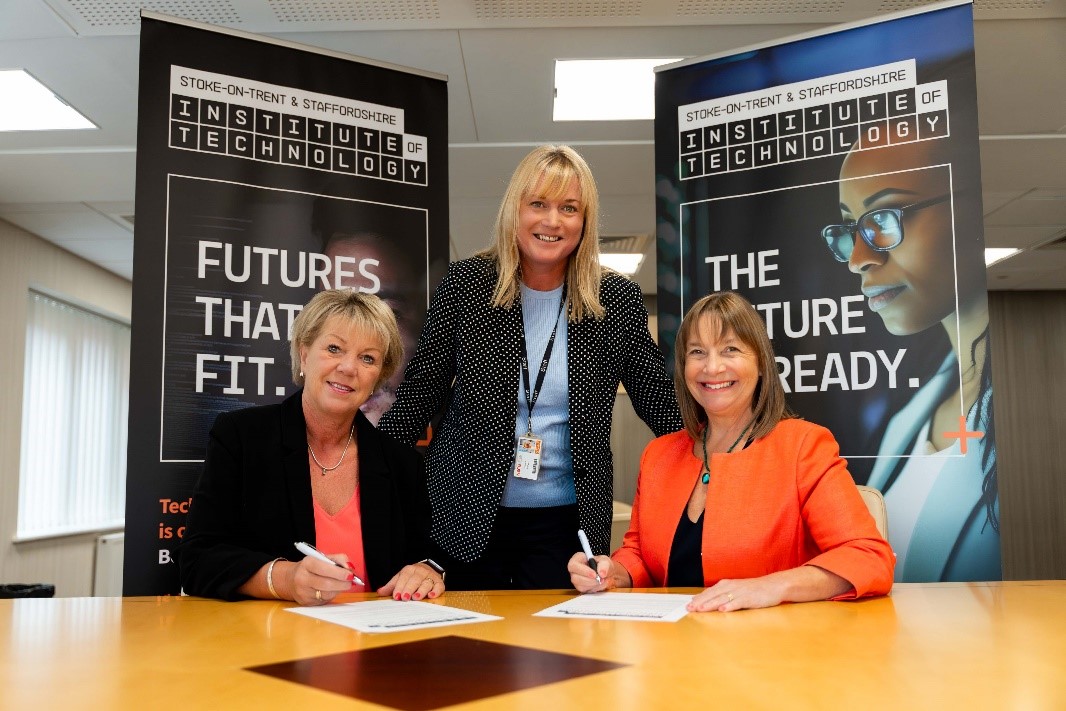

Responses